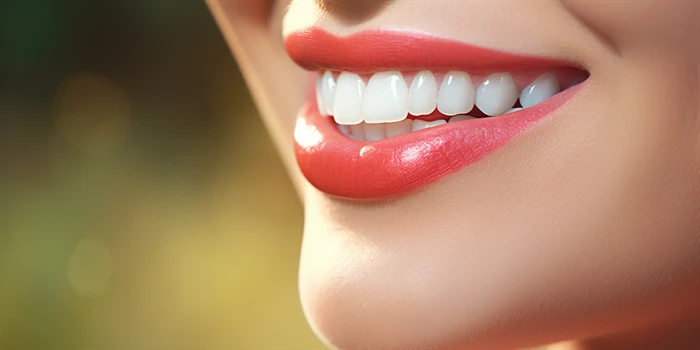Can I Eat Beef After Gum Lift in Australia?
A gum lift, also known as gingivectomy or gum contouring, is a dental procedure aimed at reshaping the gum line to improve the aesthetics and health of the teeth. This procedure can be particularly beneficial for individuals with a "gummy" smile or uneven gum lines. However, patients often wonder about the dietary restrictions following the procedure, particularly regarding the consumption of beef. This article delves into various aspects of post-gum lift dietary considerations, focusing on the appropriateness of consuming beef.

1. Recovery Period and Dietary Guidelines
Immediately after a gum lift, it is crucial to follow the dietary guidelines provided by your dentist. Typically, the initial 24 to 48 hours post-procedure are the most critical in terms of recovery. During this period, it is recommended to consume soft foods that do not require vigorous chewing. This helps in preventing irritation and potential damage to the newly operated gum tissue. Foods like yogurt, mashed potatoes, and applesauce are often suggested.
2. Texture and Chewiness of Beef
Beef, depending on its preparation, can range from soft to quite chewy. While tender cuts of beef, such as filet mignon or beef tenderloin, might be manageable a few days after the gum lift, tougher cuts like steak or roast beef could pose a challenge. The harder and chewier the beef, the more potential it has to irritate the gums or dislodge any stitches that might have been used during the procedure.
3. Nutritional Considerations
Beef is a rich source of protein, iron, and other essential nutrients, which are important for overall health and particularly beneficial during the recovery period. However, it is essential to balance nutritional needs with the potential risks associated with consuming harder foods too soon after a gum lift. Opting for softer forms of protein, such as eggs, fish, or well-cooked beans, might be a safer choice initially.
4. Oral Hygiene and Food Choices
Maintaining good oral hygiene is crucial after a gum lift. Foods that are sticky or can easily get lodged between teeth and gums should be avoided as they can complicate the healing process. When considering beef, it is advisable to choose lean cuts and prepare them in ways that make them softer, such as slow cooking or braising. This reduces the risk of food particles getting trapped and causing infection or discomfort.
5. Consultation with Your Dentist
Ultimately, the best course of action regarding dietary choices post-gum lift is to consult with your dentist. Each patient’s recovery process can vary based on factors such as the extent of the gum lift, individual healing capabilities, and adherence to post-operative care instructions. Your dentist can provide personalized advice on when and how you can safely incorporate beef and other foods into your diet.
FAQ
Q: How long after a gum lift can I start eating regular foods like beef?
A: It typically takes about a week for the initial healing phase to complete. However, the timing can vary, and it is best to follow your dentist's specific instructions regarding when you can resume eating regular foods.
Q: Can I eat beef if it is well-cooked and tender?
A: Well-cooked and tender beef might be acceptable a few days into your recovery, but always check with your dentist first to ensure it is safe for your specific situation.
Q: What are the risks of eating beef too soon after a gum lift?
A: The main risks include irritation of the gum tissue, potential dislodgement of stitches, and increased risk of infection due to food particles getting trapped in the healing gums.
Q: Are there any specific types of beef I should avoid after a gum lift?
A: Tougher cuts of beef that require more chewing should be avoided initially. Opt for lean, tender cuts and prepare them in a way that makes them softer to chew.
By following these guidelines and consulting with your dental professional, you can ensure a smooth recovery and maintain a balanced diet that includes nutritious foods like beef when appropriate.




